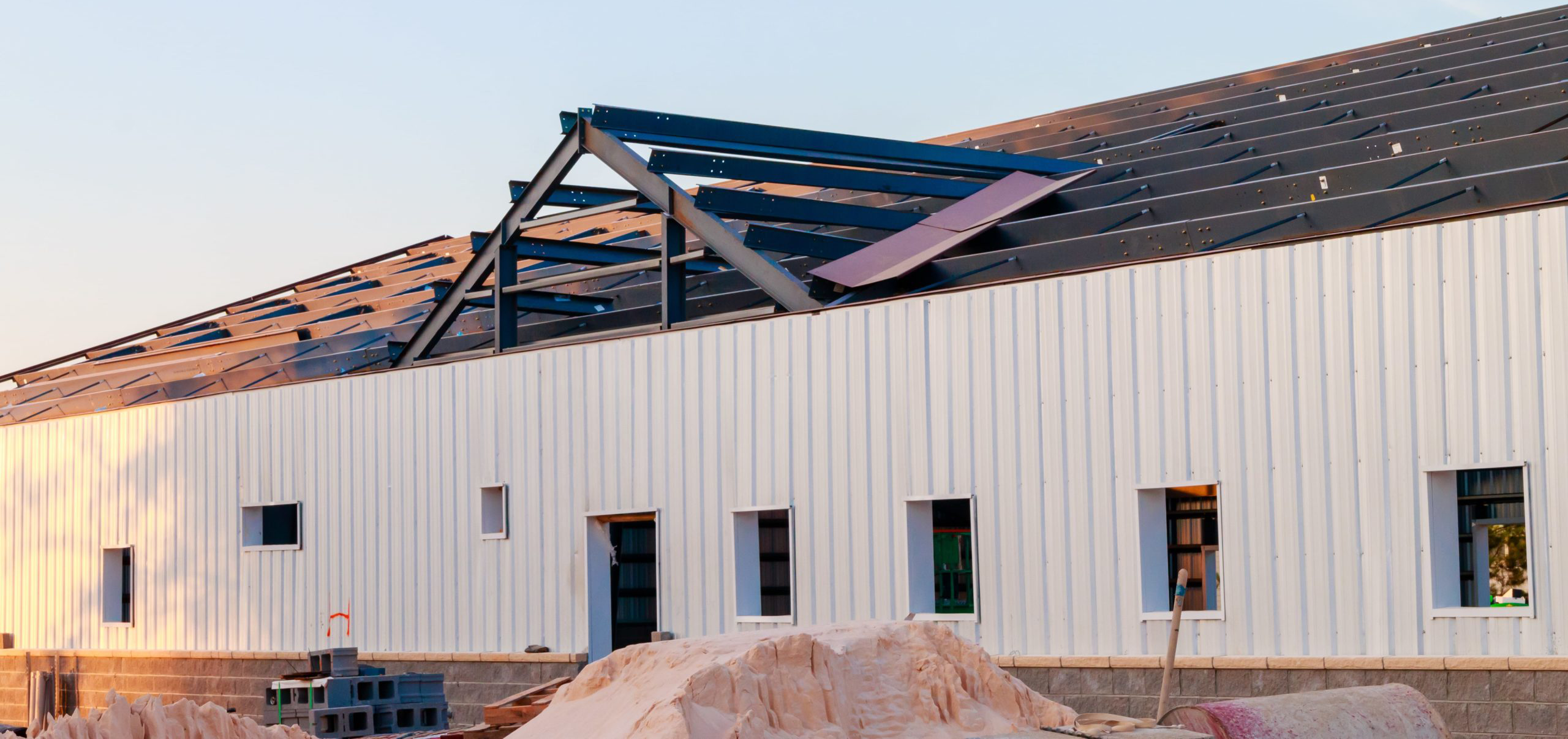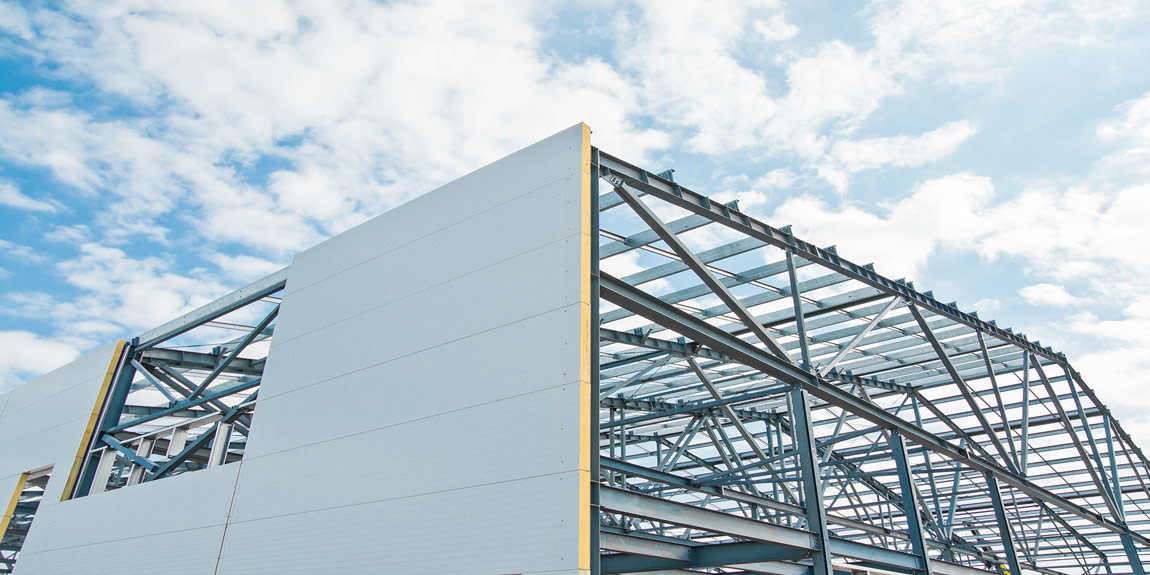
Are You Building in 2020? Read This First.

These are trying times in the world of commercial real estate. Skilled labor in the construction industry is still seeing a substantial decline since the 2008 recession. The rise of eCommerce has lessened the appeal of the physical retail space. But the demand isn’t gone altogether. Instead, tenants and consumers alike are looking to commercial real estate investors to fulfill new needs in the market. Consider this your 2020 new construction report. What commercial building trends can you use to attract tenants?
New Construction: Creating Combined Fulfillment Centers
The increase in eCommerce options readily available to consumers has certainly taken its toll on the brick and mortar retail industry. Nonetheless, the products have to start somewhere. Small to medium-sized retail operations are looking for ways to ship for less – after all, most consumers don’t expect to pay shipping costs, thanks to Amazon Prime.
Enter combined fulfillment centers, a place where essential store functions and shipping from the store come together and eliminate the need for expensive centralized fulfillment centers. Previous retail construction used up all but a small piece of the store footprint for in-store sales, leaving little to no room for loading docks and other industrial warehouse features. But many small to medium-sized operations are shipping out more orders than they make in front of the house, especially when partnered with major retailers and logistics operations as a third-party seller. The solution? New construction that offers retailers commercial storage space, fitting seamlessly with their day-to-day operations.
The back of the house isn’t the only retail space that is drastically changing. Amazon Go has introduced an entirely new concept in the world of retail check out. Consumers can walk out of the store with exactly what they needed without waiting in line. Sensors automatically detect the items and the guest, deducting their end cost from their Amazon account. This may not be something that you can expect in every brick and mortar by 2020, but new construction should take this smart technology into account in the coming years.
Meeting the New Green Building Standard
A new level of green building standard has now come to be expected, and rewarded, by everyone from consumers to government agencies. In developed areas, the building environment contributes to approximately 40% of the local carbon footprint. By taking steps toward more sustainable construction practices, firms can earn the loyalty of environmentally conscious consumers and reap the benefits of government mandates.
Making a difference starts from the ground up. Construction methods and materials are the first step in a more sustainable future for the industry. For most firms, rework is the most expensive and prohibitive blocker to productivity. Prefabrication allows for the design to take place off-site, creating a more energy-efficient process. Predictable, flexible materials can be used to reduce the need for rework, effectively closing the sustainable performance gap.
Working our way up the construction ladder, the next rung in a sustainable building future is choosing the right materials. The endlessly recyclable nature of man-made steel makes it an obvious choice for green building, but most commercial builders are also looking at the life of the structure itself. Low maintenance buildings that require fewer repairs and replacements over the years benefit the owner’s bottom line and the environment.
Saving Money and The Planet with Adaptive Reuse
If your firm has previously only considered taking on new construction projects, it may be time to change your philosophy. Big box retailers that used to take up major square footage in malls and shopping centers are increasingly going out of business. This empty space has created a great deal of room in the market for creative renovations. How can big box stores be transformed to fill other needs in the market?
Since most big box stores were steel structures, the interior is uninhibited by interior columns for up to 300 feet of width. This space can easily be reworked to create smaller retail units or even new housing opportunities. Rework with minimal demolition and reuse of the main structure of the building not only meets the new green building standard but saves a great deal of time and money when compared to new construction.
Other articles you might find interesting:
-
Commercial Real Estate and why Investors Choose Prefab Steel Buildings.
-
Metal Building Storefront: What Developers are Talking About!
-
3 Ways a Steel Building is More Environmentally Sustainable
For more information on Prefabricated Buildings or New construction, CLICK HERE or give us a call 888-783-3535.
You can also reach us on Twitter at @coastalsteel.
Also, don’t forget to subscribe, share, and comment!
LETS WORK TOGETHER ON YOUR DREAMS!
Are you ready to start your steel building journey? Request a quote today and speak to one of our experienced team members to set you up for success and make your vision a reality!
GET A QUOTE